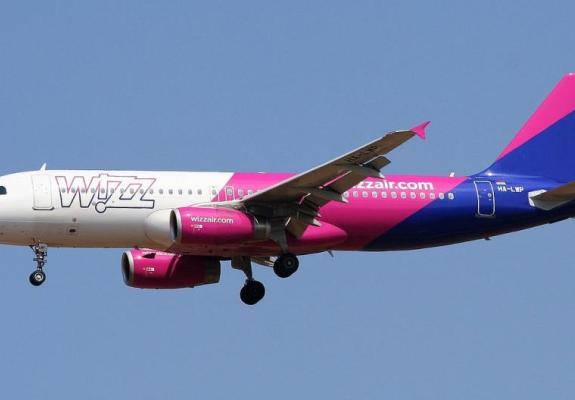Private Jet CO2 Emissions Soar by 46% in Four Years
New Study Highlights Environmental Impact of Private Jet Travel Growth
Carbon dioxide emissions from private air travel increased by 46% between 2019 and 2023, according to a study published in Communications Earth & Environment, part of the Nature group. Although private aviation is used by only about 0.003% of the global population, it generates significantly higher CO2 emissions per passenger than commercial flights.
The study analyzed flight data for over 18.5 million private flights between 2019 and 2023, involving nearly 26,000 business jet-type private aircraft, which make up the majority of private aviation. Researchers calculated the CO2 emissions for each flight by combining the advertised fuel consumption rates of each aircraft model with flight durations and trajectories.
In 2023, private jet flights produced approximately 15.6 million tons of CO2 in direct emissions, averaging around 3.6 tons per flight. This marks a 46% increase in emissions from private aviation compared to 2019 levels. Nearly half of these flights covered distances of less than 500 kilometers, with most private aviation concentrated in the U.S. (68.7% of all aircraft).
The study also identified significant emissions spikes around international events. For example, the COP 28 UN Climate Change Conference was linked to 644 private flights that emitted 4,800 tons of CO2. Similarly, the 2022 FIFA World Cup saw 1,846 private flights, which together produced 14,700 tons of CO2.






